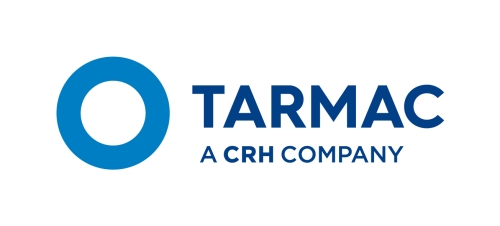Restoration at Dry Rigg quarry
Otters, foxes, ravens, lizards, Great Crested newts – you’d almost think Dry Rigg was a wildlife centre, not a working quarry.
It’s just what you’d hope would result from site restoration, said David Park, restoration manager – North and Scotland. Nature is flourishing within part of the site where, since 2010, the team at Dry Rigg has been trialling techniques to be used over the whole quarry when its planning permission ends in 2020.
This first phase, which involved introducing native plants and leaving them to take over, has been “very successful” and produced “a naturalistic looking area”, said David. “It indicates that our thinking for the main quarry will work as long as we get the water levels and other environmental controls right.”
Getting it right here is all the more important because the quarry is contiguous with a site of special scientific interest – a rare raised bog and alkaline fen system established over peat that supports a rich variety of plants. Much of the fen system has disappeared as the land was drained for farming. The future restoration of the quarry will help to address this loss.
The raised bog within the area also appears to be drying out, so Tarmac are working with Natural England, who are looking to reverse this and to re-wet the bog.
There’s no quick fix. The site’s aftercare management plan runs for 30 years – the estimated time needed for the site’s lake to fill up to a level where it can feed into the new fen.
David said Tarmac has committed a “substantial amount” to the effort. Part of the funding has already paid for research by Leeds University that will help guide the future management of the site of special scientific interest.
That’s not all – the site has also made the news for the area’s first recorded colony of Great Crested newts, and a family of otters also visit the lake that was created as part of Phase 1 restoration. “This is what the whole site should look like eventually,” added David. “We’re just giving nature a helping hand.”
#BUILDINGOURFUTURE
Download case study

